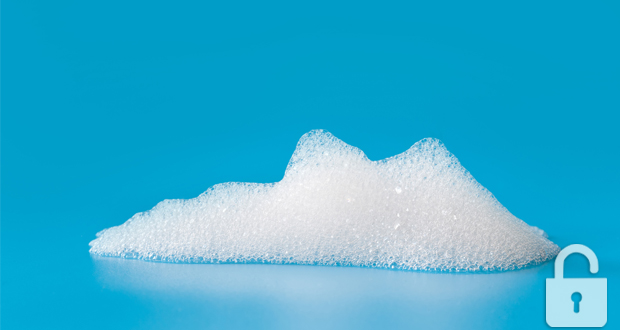As children, our parents or guardians likely told us to wash our hands to get rid of germs – and these directives might still be playing a role in health professionals’ handwashing practices, an infection control expert has suggested.
UNSW Medicine Professor MaryLouise McLaws, a World Health Organization health adviser, was speaking about her research that revealed rates of compliance with Australian hand hygiene guidelines drop when the job of monitoring moves from human auditors to machines.
The study found that compliance rates fell from 94 per cent to just 30 per cent when automated surveillance took over from humans.
“The government has been telling us that compliance is high,” McLaws said. “Our study shows that this may not be the case.”
McLaws and her team compared human surveillance with automated methods of surveillance – consisting of hand hygiene dispensers at sinks and bedsides that record the action through touch – in an Australian teaching hospital over two years.
The drop in compliance rates is an example of the Hawthorn effect, the research team said. The term describes the phenomenon of people changing their usual behaviour when they know they are being watched.
Nursing Review spoke with McLaws about the compliance rates we’re seeing as well as the ways the Hawthorn effect and the handwashing advice we might have heard as children come into play.
Do you have an idea for a story?Email [email protected]
 Nursing Review The latest in heathcare news for nurses
Nursing Review The latest in heathcare news for nurses

